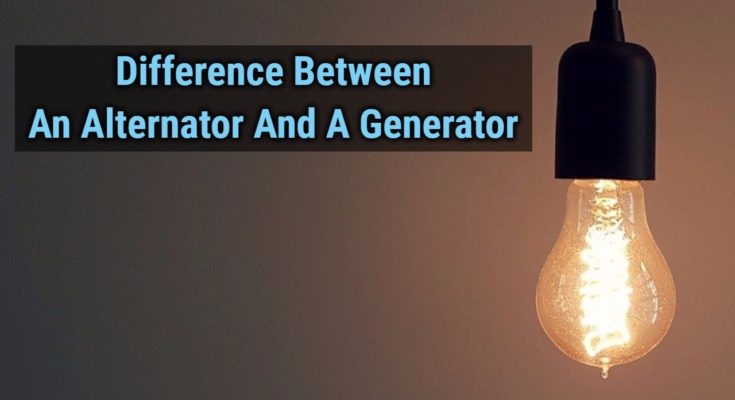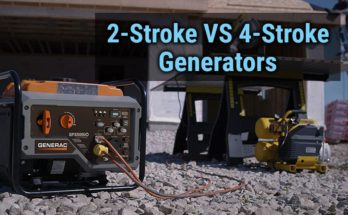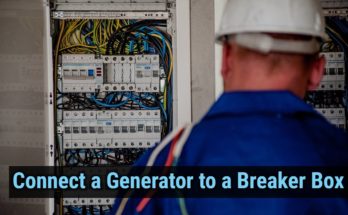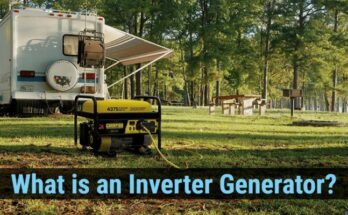If you don’t know anything about the alternator and a generator, then they both may seem like different names for the same equipment, but that is not the case. They are different from each other on many fronts.
The fact is that their function is the same, the generation of electricity. Still, they differ from each other in their construction and how they work. It is important to know the difference between them because these differences are why their applications are different from each other.
Table of Contents
How does an Alternator work?
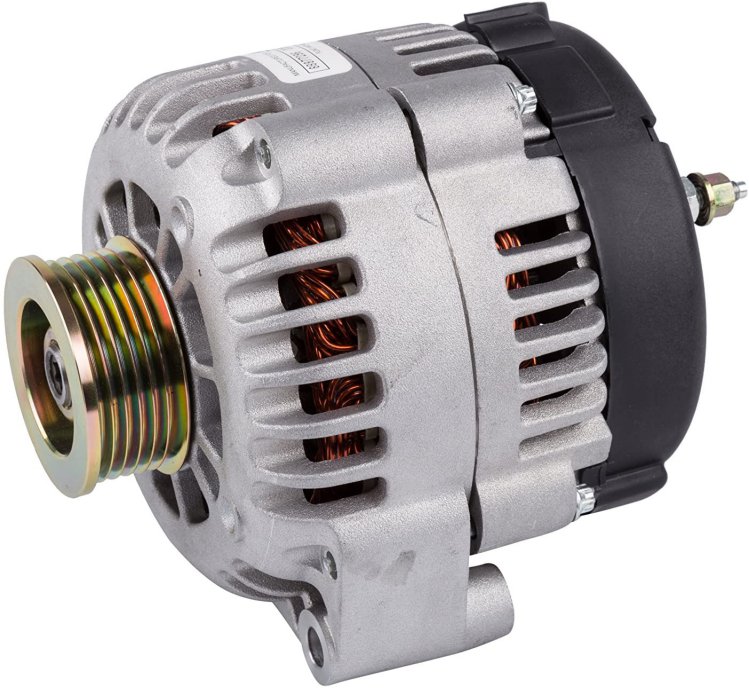
Before you understand how an alternator or a generator works, you must have a basic idea about their constructional details. They both are essentially the same devices, and their function is to convert mechanical energy to electrical energy.
The main part of their construction is a rotor and stator. The part which rotates is a rotor, and the one that stays stationary is the stator, also known as an armature. Both of them work on Faraday’s law of electromagnetic induction, which states that the relative motion between the magnetic field and the conductor will generate the voltage in the conductor.
Now, coming to the working of an alternator. An alternator generates AC voltage only when needed, and it doesn’t generate it constantly. This makes them more efficient than generators.
In alternators, the magnetic field generated either by the permanent magnet or electromagnet rotates in a housing. If the electromagnets are used, then the rotor will have winding excited with the DC current to generate the magnetic field. On a stator, inside the housing, coils are accommodated. The magnetic field rotates with the rotor, and the voltage is generated in the winding on the stator. This generated voltage is in the form of AC.
In automobiles, this voltage is used to charge the batteries, but be cautious with fully discharged batteries. When charged with the alternator, there are high chances of fire. Due to this, the voltage supplied to the batteries needs to be controlled and to do that, they are equipped with voltage regulators.
Alternators are also known by the name of synchronous generators and are mostly used in automobiles. Moreover, for alternators, there is no need for polarization.
How does a Generator work?
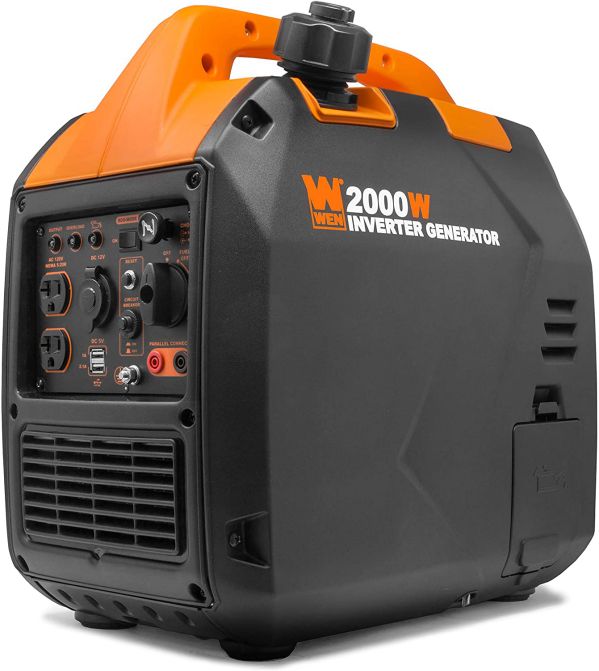
The working of a generator is the same as the alternator, and a relative motion will be responsible for the induction of voltage. But the difference is in position and movement of the field winding.
For an alternator, the magnetic field was rotating, while here, it stays stationary. The stator is equipped with electromagnets or permanent magnets. Whereas the rotor is wound with the winding in which the voltage will be induced. When the rotor is rotated by some external force in the magnetic field, generally with the engine, the voltage is generated. The voltage can be utilized in AC form or in DC form.
This voltage will be AC; to convert it to DC, something known as a commutator is essential. A commutator converts the AC voltage to DC voltage. They will keep generating this voltage continuously, this continuous voltage is the requirement of all the household appliances, and that’s why they are used to power the houses.
For a generator, the polarization needs to be done. The charging of fully depleted batteries is possible by the generator, which wasn’t the case for an alternator.
Applications of Generator and Alternator
The alternator generates the electricity when it is needed, whereas the generator generates continuously and provides constant voltage. This is why they are used to generate electricity in abundance. They are mainly used in power plants to generate electricity. They generate the AC electricity which is distributed to the houses.
The alternators are small in size and more efficient than generators, and this makes them the ideal choice to use in automobiles. The recharging of batteries and to power other electronic things in an automobile is their main application. They are versatile power equipment and are used for many other purposes as well.
The recharging of the battery takes place when the car is running, the AC electricity by an alternator is generated due to the motion of a car. This electricity obviously needs to be converted into DC before it is used anywhere. The speed of a car will keep changing, so the power output of the alternator.
Also, it is equipped with a voltage regulator to protect the batteries and electronics from overvoltage when the car is running at high speed. And also with the electronic circuitry to convert from AC to DC.
Alternator Vs. Generator
An alternator doesn’t need to produce the electricity constantly; this makes them more efficient than generators. Moreover, due to their construction, the spinning of magnetic fields reduces their size. As there won’t be rotating coils like in generators. But with alternators, you can’t charge the dead battery.
For a generator, if it is a DC generator, then there will be carbon brushes to convert the AC electricity to DC. This means the brushes will wear out and will need to be changed frequently. Moreover, if you want AC, then the conversion from the AC to DC will result in significant energy loss. But, as opposed to alternators, generators can directly charge the batteries.
Conclusion
The alternator and generator have many differences. This difference means the task for which the generator is best for the same task an alternator might not be. The reason for all the difference between them is their construction. Whether the magnetic field is rotating or stays, stationery makes all the difference.
If you are wondering which one you should choose, then it comes down to your application.
Related Articles:

